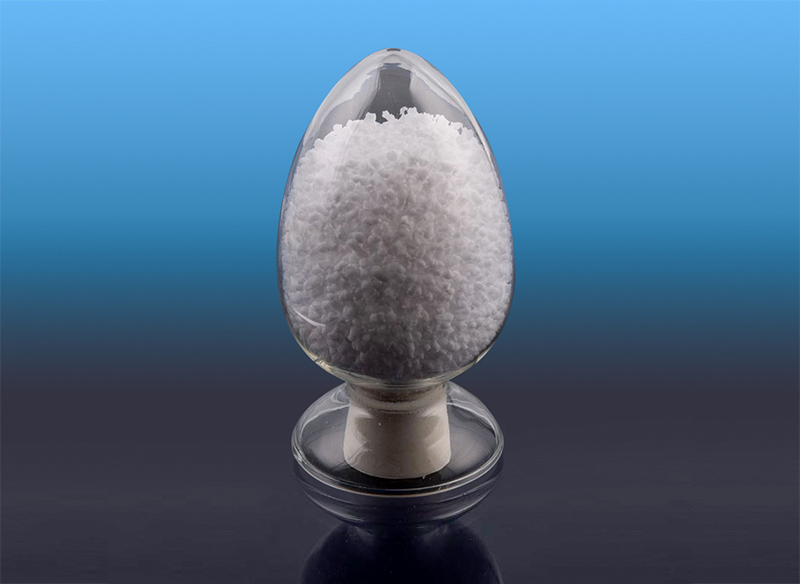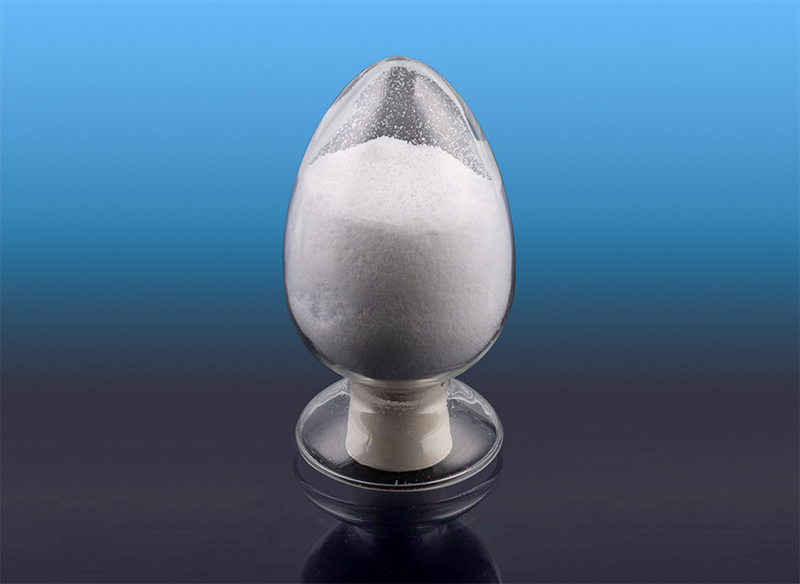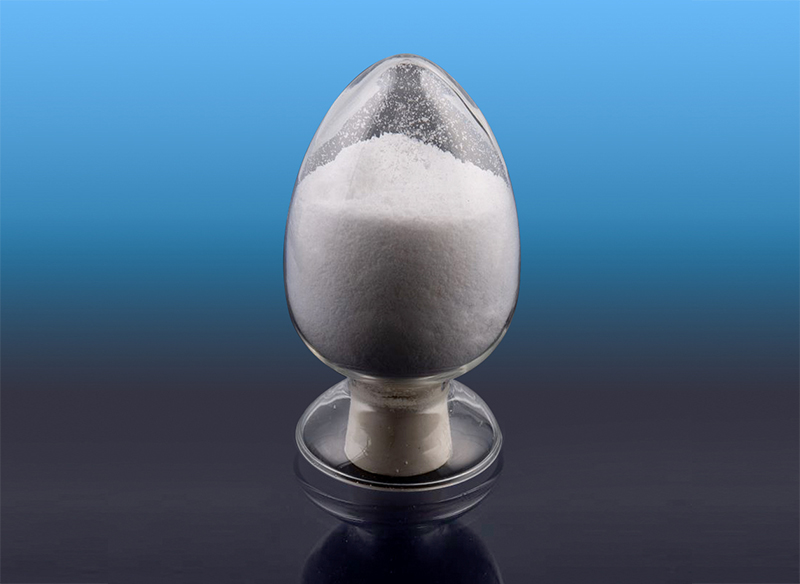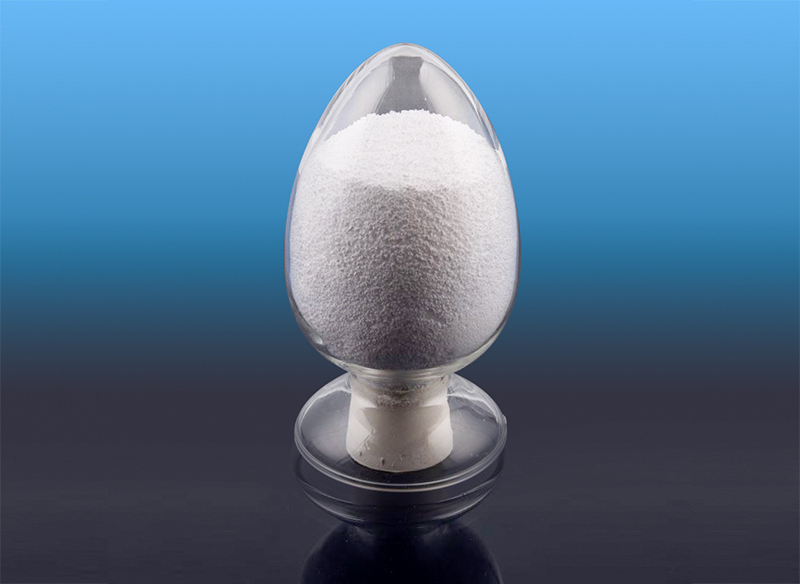Understanding Lubricant Viscosity Index Modifiers and Their Role in Engine Performance
Introduction to Viscosity Index Modifiers
Lubricant viscosity index (VI) modifiers are chemical additives designed to improve the viscosity behavior of lubricating oils across a wide temperature range. They play a crucial role in maintaining consistent lubrication performance, particularly in engines and industrial machinery that experience varying operating temperatures. By reducing the rate at which oil viscosity changes with temperature, VI modifiers enhance engine protection and operational efficiency.

Mechanism of Viscosity Index Modification
Viscosity index modifiers are typically high-molecular-weight polymers that expand when heated, increasing the oil’s viscosity at high temperatures while having minimal effect at low temperatures. This behavior ensures that the lubricant remains thick enough to protect components at high heat, yet fluid enough at low temperatures for smooth startup.
The effectiveness of a VI modifier depends on:
- Molecular structure of the polymer
- Concentration in the base oil
- Compatibility with other additives
Types of Viscosity Index Modifiers
Polyisobutylenes (PIB)
PIBs are widely used in engine oils due to their high thermal stability and efficient thickening effect. They provide consistent protection against wear while improving oil flow at low temperatures.
Polymethacrylates (PMA)
PMAs are preferred in applications requiring excellent shear stability. They maintain oil viscosity over prolonged operation and under high mechanical stress, making them ideal for heavy-duty engines.
Olefin Copolymers (OCP)
OCPs are versatile modifiers suitable for multi-grade oils. They offer a balance of low-temperature fluidity and high-temperature viscosity retention, enhancing overall oil performance.
Benefits of Using Viscosity Index Modifiers
Incorporating VI modifiers into lubricants provides several advantages that directly impact engine efficiency and longevity:
- Improved thermal stability, preventing oil thinning at high temperatures
- Enhanced low-temperature fluidity, facilitating easier cold starts
- Reduced wear and friction, leading to longer engine component life
- Support for multi-grade oils, maintaining performance across diverse climates
Practical Considerations in Formulation
The selection and concentration of VI modifiers must be carefully balanced. Excessive use can lead to:
- Increased viscosity at low temperatures, causing poor startup flow
- Potential incompatibility with other additives like detergents and anti-wear agents
- Cost increases in lubricant formulation
Optimizing VI modifier performance requires understanding the operating environment, expected temperature ranges, and mechanical stress on the equipment.
Performance Testing and Evaluation
Evaluating the effectiveness of VI modifiers involves standardized tests that measure viscosity at 40°C and 100°C, calculating the viscosity index (VI). A higher VI indicates better temperature stability. Other performance indicators include shear stability tests and engine bench tests to observe real-world wear and oil breakdown.
A typical evaluation table may look like this:
| Lubricant Sample | Viscosity @40°C (cSt) | Viscosity @100°C (cSt) | Viscosity Index |
| Base Oil | 80 | 10 | 95 |
| With VI Modifier | 85 | 11.5 | 125 |
Conclusion
Lubricant viscosity index modifiers are essential for modern engine oils, ensuring reliable performance across temperature extremes. Proper selection, formulation, and evaluation of VI modifiers improve lubrication stability, protect engine components, and extend equipment life. They are indispensable in multi-grade oils designed for global applications and varying operational conditions.





